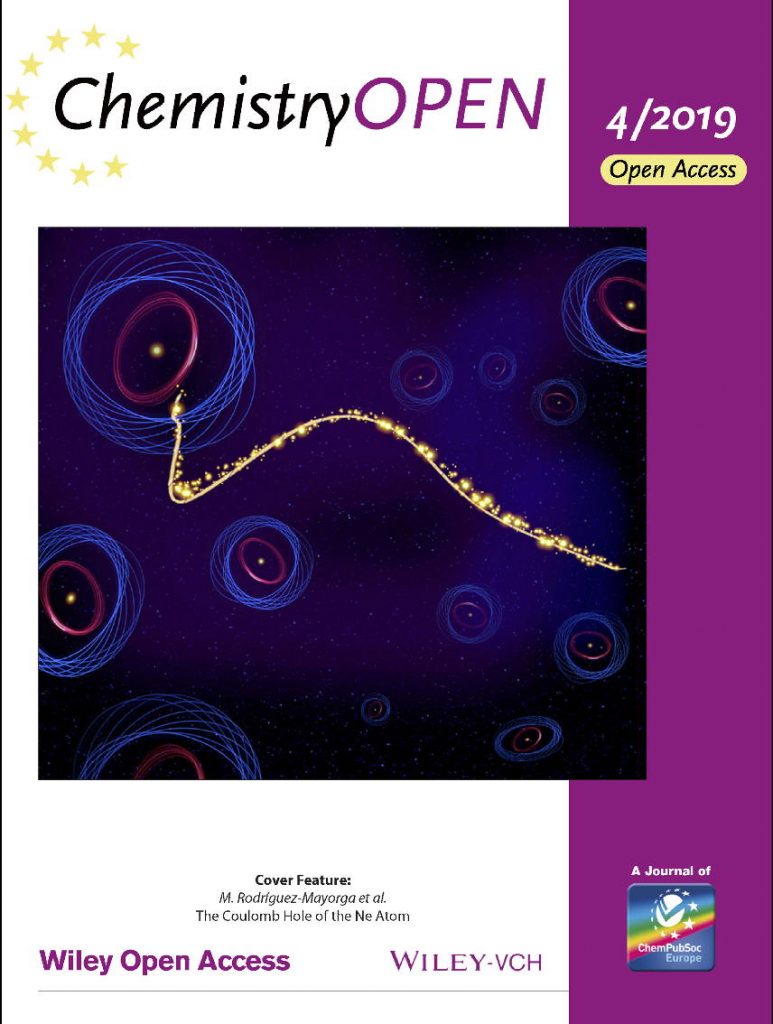A group of chemists from the Euskal Herriko Unibertsitatea (UPV/EHU) and the Donostia International Physics Center (DIPC) lead by Dr. Eduard Matito (ex-member IQCC) together with the IQCC members Mauricio Rodríguez-Mayorga (now in ETH Zurich, Switzerland) and Dr. Miquel Solà, have studied the Coulomb hole of Ne from highly-accurate CISD wave functions obtained from optimized even-tempered basis sets. Using a two-fold extrapolation procedure they have obtained highly accurate results that recover 97% of the correlation energy. They have confirmed the existence of a shoulder in the short-range region of the Coulomb hole of the Ne atom, which is due to an internal reorganization of the K-shell caused by electron correlation of the core electrons. The feature is very sensitive to the quality of the basis set in the core region and it is not exclusive to Ne, being also present in most of second-row atoms, thus confirming that it is due to K-shell correlation effects.
The paper has been published recently in ChemistryOpen:
M. Rodríguez-Mayorga, E. Ramos-Cordoba, X. Lopez, M. Solà, J.M. Ugalde, and E. Matito
“The Coulomb Hole of the Ne Atom”
ChemistryOpen 2019, 8, 411-417 [abstract]
DOI: 10.1002/open.201800235
It is accompanied by the cover feature of the issue, which was published today:

The Cover Feature displays the profile of the Coulomb hole of Ne surrounded by a cloud of neon atoms. Our quantum chemical calculations show that correla- tion of the core electrons manifests itself as a shoulder in the profile of the Coulomb hole at short interelectronic distances. This feature is very sensitive to the quality of the basis set in the core region. For the rest of second-row atoms, except Li, a shoulder or a maxi- mum is also obtained at short electron- electron distances, which is also due to the correlation of the electrons in the K shell.More information can be found in the Full Paper by M. Rodríguez-Mayorga et al.

